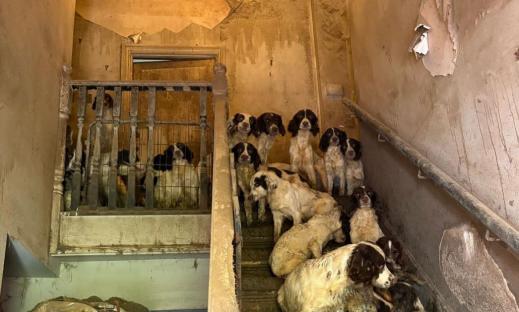A trio of University of Alberta science students is developing technology that could save lives.
Simran Dhillon, Adarsh Badesha and Ajay Gill were discussing potential solutions to fentanyl overdoses — an issue that has impacted them personally — when they came up with a potential life-saving idea to the deadly problem.
“Myself and my co-founders, Ajay and Adarsh, have witnessed addiction and the detriment it can have within our own families and our own friend circles,” Dhillon said.
“We're all advocates that one preventable life lost is one too many, and where we're at right now within the opioid epidemic just indicates that as a society we need to do more to support those that are affected the most by this crisis.”
READ MORE: Alberta testing out new overdose prevention app in Calgary this summer
The three students turned the discussion into a street-ready syringe, named FentaGone, which allows users to know whether the drug they are about to inject contains a lethal dose of fentanyl.
Last spring, the group's concept won the U of A World Challenge, receiving $10,000 in seed funding.
The trio used the money to work with biochemist Joanne Lemieux and pharmacologist Anna Taylor from the faculty of medicine and dentistry. They are developing a detection technology embedded within a syringe, which would work similar to a pregnancy test, providing a positive or negative result to the user.
“We're hoping that with this design, we're able to keep the user in mind by allowing (them) to adhere to the ritual nature of drug use,” Dhillon said. “Also, it doesn't require individuals to publicly test their drugs, allowing these individuals to do it in their most isolated and vulnerable moments.”
READ MORE: COVID-19 pandemic having ‘stark effects’ on opioid-related deaths in Alberta
Between January and October 2020, 1,029 people in Alberta died from drug poisonings, with 904 of those deaths related to fentanyl, according to the government. It was more deaths in the province than any other year since the start of the opioid crisis.
The group presented their idea at the Telus Innovation Challenge in Calgary in March. It was so well received that Dhillon, Badesha and Gill won the $100,000 first prize.
“In a lot of these people's lives, they're very disempowered in many aspects of their lives, so with providing them with this knowledge, we're hoping to empower them with this critical decision,” Badesha said.
READ MORE: Addiction expert warns of drugs laced with opioids as 4 young Albertans die of apparent overdoses
Badesha said there are many misconceptions surrounding fentanyl use, including that it is largely members of the homeless community who are addicted to the drug.
According to government statistics, 70 per cent of overdose deaths in Alberta in 2020 occurred in a private residence. Further statistics indicate 60 to 80 per cent of opioid-related fatalities in Calgary and Edmonton from 2018 to 2020 occurred in suburban neighbourhoods outside the downtown core.
FentaGone will be intended to help those individuals in particular.
“The systems that we have in place aren't built to be accessing users in their private residences, and so we saw this gap in the system, so that's something we seek to address,” Badesha said.
The team will be testing and designing the technology this summer before starting clinical trials.




